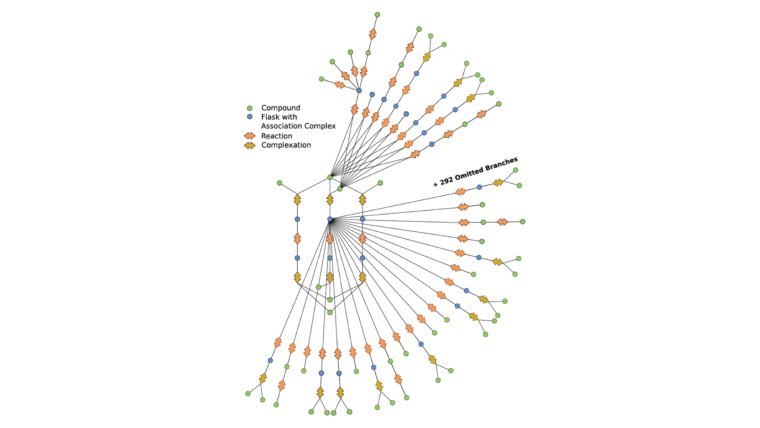
As part of an effort in researching the predictive capabilities of chemical reaction simulations, in collaboration with ETH Zurich and the Pacific Northwest National Laboratory, Microsoft recently presented a paper on the developments that had been made in this regard. Today, the quantum computing team at the Redmond-based firm has remarked on some of these improvements, highlighting the huge gains that have been made through what is dubbed the AutoRXN workflow.
For starters, the new workflow holds several automation capabilities, allowing scientists to focus more on development of new products and methods as opposed to getting bogged down into the manual inputs required by predictive chemical synthesis and catalytic processes. Through optimization of the code required for this automation process and making it cloud native, a 30x process acceleration and 10x cost reduction was achieved by the research team.

The working of the AutoRXN workflow has been described in the following manner:
The AutoRXN workflow carries out a huge number of comparatively cheap quantum chemical calculations for exploration, automatically refines the results obtained by a vast number of expensive correlated ab initio calculations, and automates collection and evaluation of data—including back-checking of results by alternative simulation approaches.
The state-of-the-art workflow expands chemical reaction pathways substantially as well, allowing for thousands of such configurations to come into play. Moreover, the configurations also provide more accuracy than has conventionally been possible, making way for more more trustworthy figures at simultaneously a higher throughput level.
Microsoft holds such innovations in high regard, believing that leveraging such cloud and quantum computing capabilities will pave the way for "seemingly unsolvable" problems in today's world.
















1 Comment - Add comment